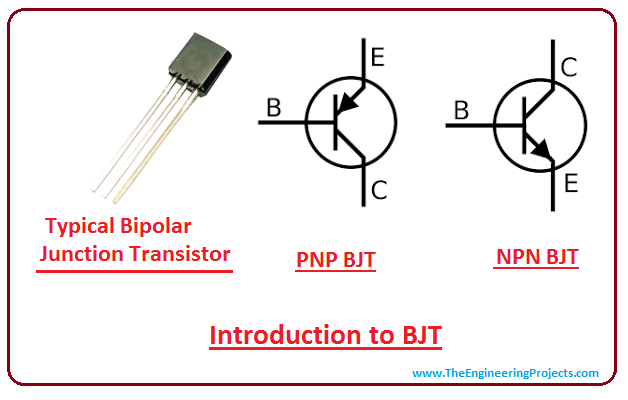Again because of basic knowledge about Electronic Devices you do not need to study about working of BJT in detail and you can directly come to different configurations of BJT which are Common Emitter, Common Base, and Common Collector and about the various operating modes of BJT which are cut-off, Active and Saturation. Then you can study about biasing techniques in BJT which are Fixed Bias, Self Bias, and Voltage Divider Bias and in each of these configurations you need to understand how to compute the stability factor. By calculating Stability Factor you can determine the relative stability of each configuration. To improve the thermal stability you can also study about Compensation Techniques such as Diode Compensation, Thermistor, and Sensistor Compensation.


Based on this knowledge you can study about DC applications of BJT such as Voltage Regulator by the use of the combination of BJT and Zener Diode. Also the concept of Current Mirror and Current Steering Circuits.
After this, you can start with BJT amplifiers in which you have to study about a small-signal model of BJT and there are three models which are remodel, Hybrid Parameter Model and Hybrid-pi Model. The first two models are most important and identical because both can be obtained from each other by Source Transformation. You can then determine various parameters of the three configurations of BJT which are Voltage Gain, Input resistance and Output Resistance of the amplifier.
Then you have to study about Frequency Response of the amplifier in which there are two sections which are Low-Frequency Response and High-Frequency Response. In High-Frequency Response you have to study about the concept of Miller Effect and in both the frequency response you need to be clear about determining Cut-off Frequency and Unity Gain Frequency as that can be directly asked in GATE.
Beyond this, you also need to prepare the concept of Multistage Amplifiers such as Cascaded Configuration and Cascode Configuration. In cascade configuration, you need to study about the effect of cascading identical or non-identical stages on cut-off frequency and gain of the amplifier.
Comments
Post a Comment